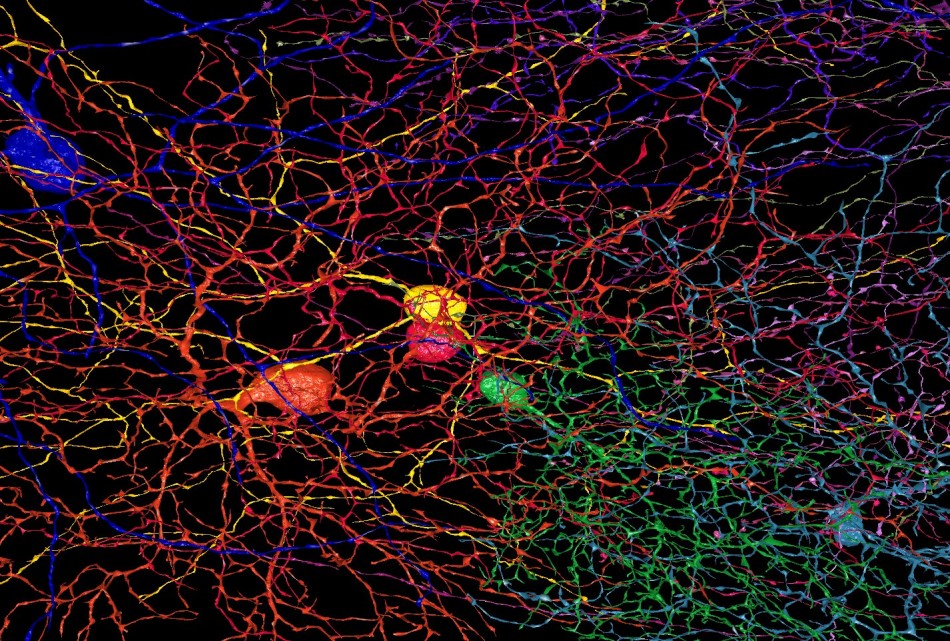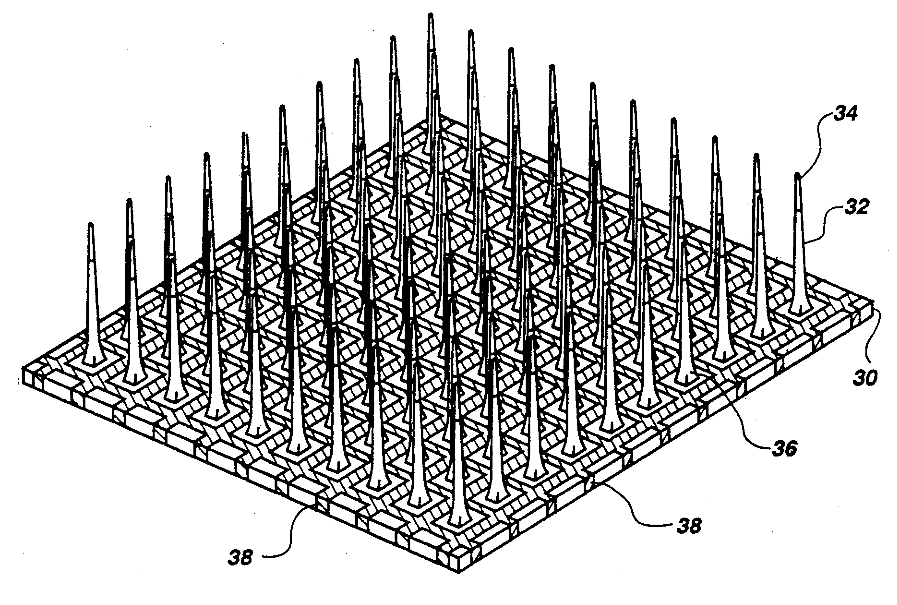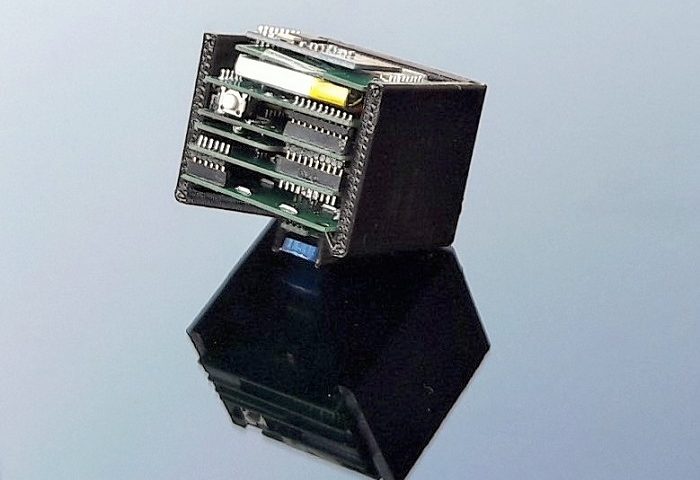The laboratory for Integrated Circuits and Systems (ICAS) at Khajeh Nasir Toosi University of Technology (KNTU), Iran, has developed a 3D printed device capable of recording activity in the brain.
The termed micro-electrocorticography (μECoG) system is a third generation device incorporating electronics, wireless connectivity and sensors in a biocompatible implant.
A brain-machine interface
Electrocorticography is a method of neural interfacing using electrodes placed directly on the surface of the brain.
The method has higher temporal and spatial resolution than other brain-mapping methods, and is used to help understand the electric impulses of neurones in and outside of surgery.

When implanted, electrocorticography systems like the one from KNTU can be tuned to become a part of the brain itself. As a brain-machine interface (BMI) the devices can help restore damage to the senses and movement.
Inside the μECoG system
KNTU’s device is composed of two parts: a recording unit and an external host.
A microelectrode array (MEA) is used in the recording unit to connect neurones to electronic circuitry. Added to a biocompatible substrate, this layer is made using a combination of 3D printing and microdrilling techniques.

Such devices have been studied since the 1950s, but only started gaining prominence in the 1990s when custom fabrication methods, like 3D printing, started to become more available.
The MEA in this recording device is connected via a stack of PCBs to a radio-frequency transmitter for wireless communication, and pack of rechargeable batteries. These layers are encased inside a 3D printed bi-cubical package, measuring just 2.5cm x 2.5cm x 2.2cm (H x W x D).

The external host is used as a router for relaying information in real time.
Breaking down barriers
As 3D printed electronics become more accessible, the potential of electronic micro-fabrication increases. With such methods, devices like this one KNTU could be fabricated as a single piece, making them more resistant to structural weaknesses.
To hear all about the latest technological advances to include 3D printing sign up to the most widely read newsletter in the industry, find us on Facebook and on Twitter.
3D printing jobs site will soon be live. Sign up here.
Featured image: A micro-electrocorticography (μECoG) system with 3D printed components. Photo via the Integrated Circuits and Systems (ICAS) lab at Khajeh Nasir Toosi University of Technology.



